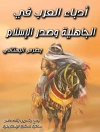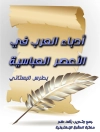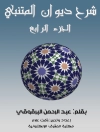This collection of original essays examines debates on how written, printed, visual, and performed works produced meaning in American culture before 1900. The contributors argue that America has been a multimedia culture since the eighteenth century. According to Sandra M. Gustafson, the verbal arts before 1900 manifest a strikingly rich pattern of development and change. From the wide variety of indigenous traditions, through the initial productions of settler communities, to the elaborations of colonial, postcolonial, and national expressive forms, the shifting dynamics of performed, manuscript-based, and printed verbal art capture critical elements of rapidly changing societies.
The contributors address performances of religion and government, race and gender, poetry, theater, and song. Their studies are based on texts—intended for reading silently or out loud—maps, recovered speech, and pictorial sources. As these essays demonstrate, media, even when they appear to be fixed, reflected a dynamic American experience.
Contributors: Caroline F. Sloat, Matthew P. Brown, David S. Shields, Martin Brückner, Jeffrey H. Richards, Phillip H. Round, Hilary E. Wyss, Angela Vietto, Katherine Wilson, Joan Newlon Radner, Ingrid Satelmajer, Joycelyn Moody, Philip F. Gura, Coleman Hutchison, Oz Frankel, Susan S. Williams, Laura Burd Schiavo, and Sandra M. Gustafson
Про автора
Sandra M. Gustafson is associate professor of English at the University of Notre Dame.












